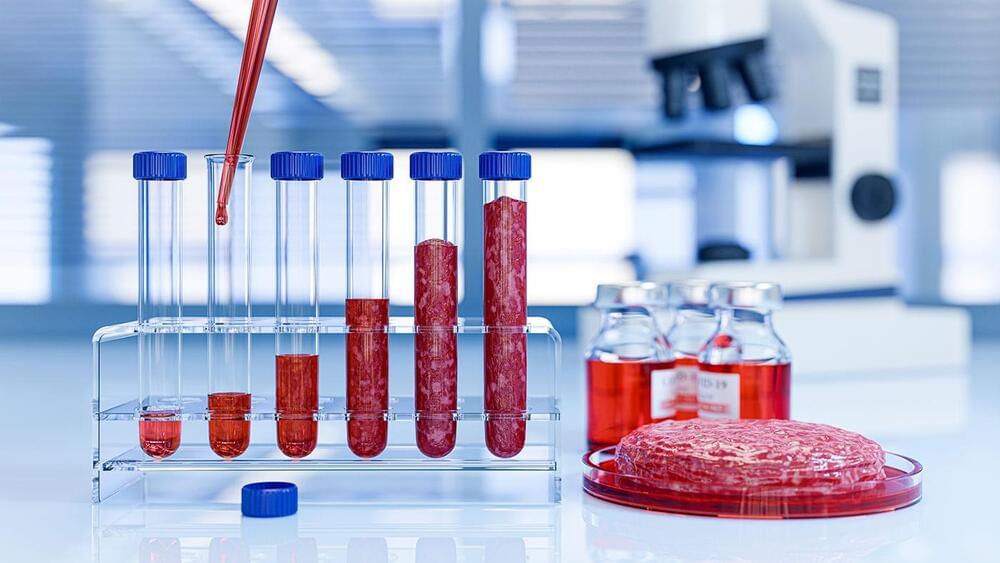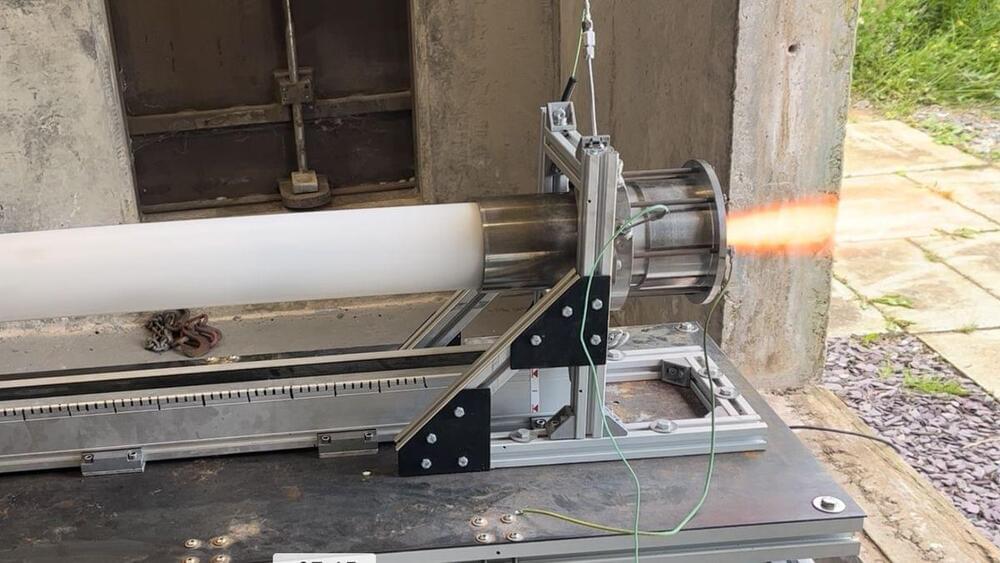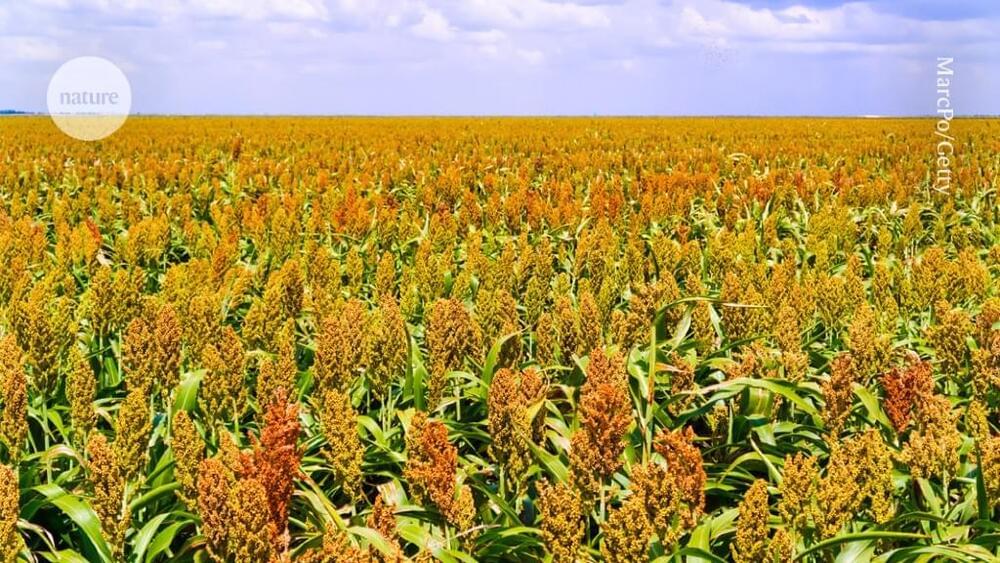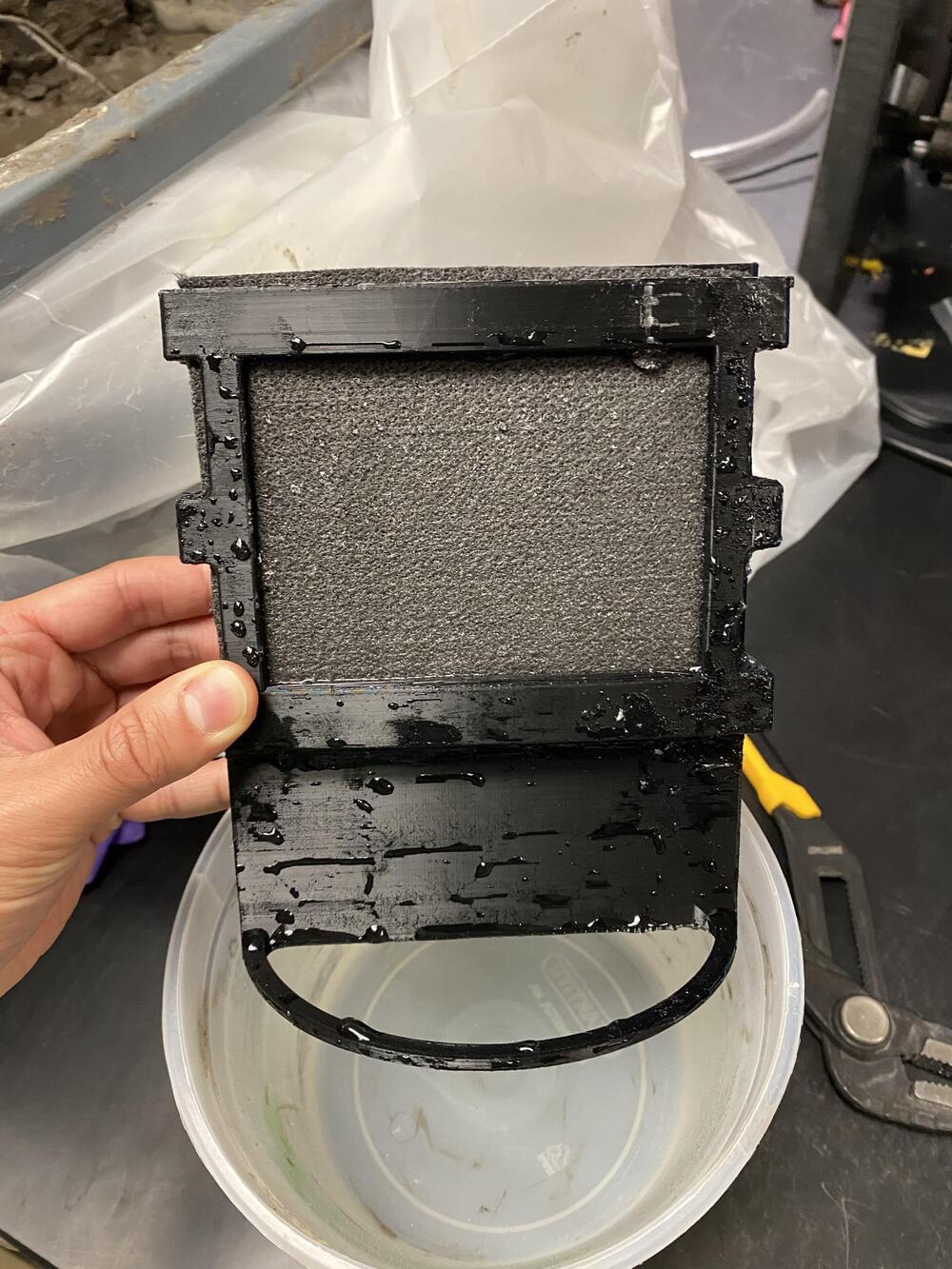Archive for the ‘food’ category: Page 35
Feb 2, 2024
Breakthrough could see robots with ‘fingertips’ as sensitive as humans
Posted by Zola Balazs Bekasi in categories: biotech/medical, cyborgs, food, robotics/AI
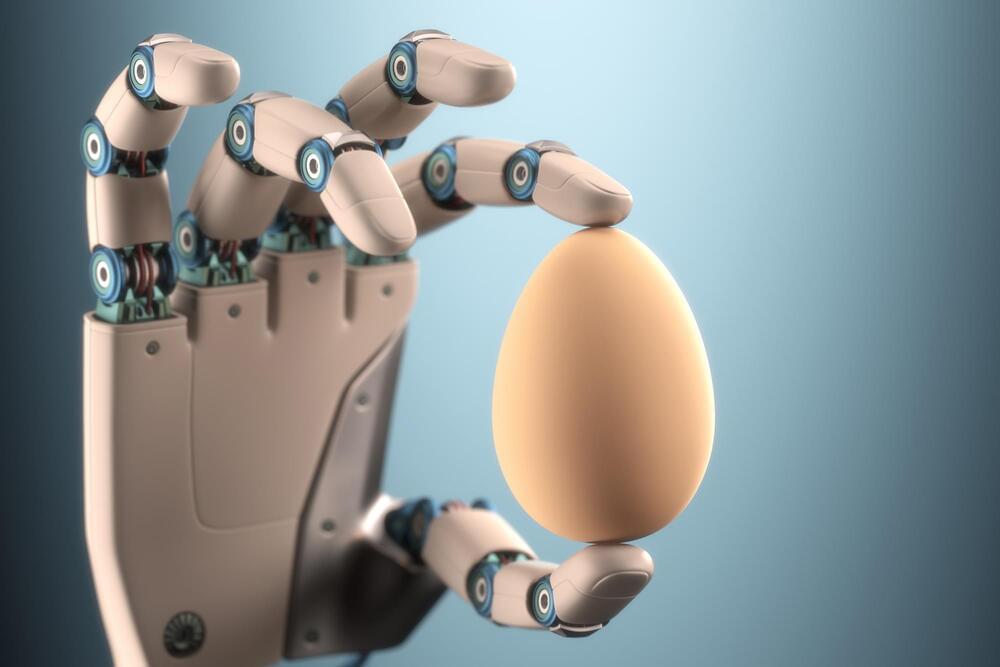
Researchers have overcome a major challenge in biomimetic robotics by developing a sensor that, assisted by AI, can slide over braille text, accurately reading it at twice human speed. The tech could be incorporated into robot hands and prosthetics, providing fingertip sensitivity comparable to humans.
Human fingertips are incredibly sensitive. They can communicate details of an object as small as about half the width of a human hair, discern subtle differences in surface textures, and apply the right amount of force to grip an egg or a 20-lb (9 kg) bag of dog food without slipping.
Continue reading “Breakthrough could see robots with ‘fingertips’ as sensitive as humans” »
Feb 1, 2024
How Indian Farmers Are Using AI To Increase Crop Yield
Posted by Gemechu Taye in categories: food, government, robotics/AI, sustainability
The Telangana state government in South India, in collaboration with various agricultural aid organizations and technology companies, launched a groundbreaking project known as “Saagu Baagu.” This initiative focused on assisting 7,000 chilli farmers with AI-powered tools, marking a significant step…
Saagu Baagu shows AI’s growing role in agriculture, helping developing-world farmers achieve sustainable and profitable practices.
Jan 30, 2024
Watch SpaceX launch a Northrop Grumman resupply mission to the ISS
Posted by Genevieve Klien in categories: food, space
SpaceX is teaming up with Northrop Grumman today to deliver more than 8,000 pounds of cargo, fresh food and scientific experiments to astronauts on the International Space Station.
The NG-20 resupply mission will take off from the Space Force’s Cape Canaveral in Florida on a SpaceX Falcon 9 rocket at around 12:07 p.m. EST. Northrop’s Cygnus cargo capsule will arrive at the International Space Station on February 1.
Northrop has been launching Cygnus to the ISS for resupply missions using its own Antares rocket since 2013, with the exception of just two missions that used a United Launch Alliance Atlas 5. But Northrop retired that version of Antares last year, and the next version — an all-American launch vehicle called Antares 330, which it is developing with Firefly Aerospace — will not be ready to fly until around mid-2025.
Jan 30, 2024
25-Year old dancer dies after eating mislabeled cookies
Posted by Shubham Ghosh Roy in categories: food, health
FARE National Ambassador Mike Lade speaks about the matter of life and death when it comes to food allergies and EpiPens.
Jan 28, 2024
Watch this self-eating rocket prototype engine consume itself then explode (video)
Posted by Joseph Barney in categories: food, satellites
Would come in handy! More room for payloads too!
British researchers have tested a prototype self-eating rocket that could pave the way for cheaper launches of small satellites and would leave no debris behind.
The concept rocket engine, called Ouroborous-3 after the ancient mythical creature that eats its own tail, was developed by a team of researchers at the University of Glasgow in the U.K.
Jan 27, 2024
Healthy eating and activity reverse aging marker in kids with obesity, study finds
Posted by Shubham Ghosh Roy in categories: biotech/medical, food, genetics, life extension
A genetic marker linked to premature aging was reversed in children with obesity during a six-month diet and exercise program, according to a recent study led by the Stanford School of Medicine.
Children’s telomeres—protective molecular “caps” on the chromosomes—were longer during the weight management program, then were shorter again in the year after the program ended, the study found. The research was published last month in Pediatric Obesity.
Like the solid segment at the end of a shoelace, telomeres protect the ends of chromosomes from fraying. In all people, telomeres gradually shorten with aging. Various conditions, including obesity, cause premature shortening of the telomeres.
Jan 27, 2024
How Will An AGING CURE Impact The Environment?
Posted by Montie Adkins in categories: biotech/medical, ethics, food, life extension

Mainly this is about vertical farming.
In this eye-opening video, we explore the complex Environmental Impacts of an Aging Cure, delving into how extending Human Lifespan and pursuing Longevity could reshape our planet. We investigate the potential for increased Population Growth, the challenges of Sustainability, and the implications for Resource Consumption. Our analysis covers the Ecological Footprint of a world where aging is a thing of the past, addressing both the ethical dilemmas and the potential for Biomedical Advances in Age-Related Research. As concerns about Overpopulation and the need for Renewable Resources come to the forefront, we examine Eco-friendly Technologies and their role in supporting an age-extended society. Join us in this critical discussion about the intersection of Environmental Ethics and the quest for Age Extension.
Continue reading “How Will An AGING CURE Impact The Environment?” »
Jan 27, 2024
CRISPR-edited crops break new ground in Africa
Posted by Shailesh Prasad in categories: biotech/medical, food
Scientists in the global south use the popular technique to protect local crops against local threats.
Jan 26, 2024
New Fuel Cell Harvests Energy from Microbes in Soil to Power Sensors, Communications
Posted by Natalie Chan in categories: biological, chemistry, food, sustainability
A Northwestern University-led team of researchers has developed a new fuel cell that harvests energy from microbes living in dirt.
About the size of a standard paperback book, the completely soil-powered technology could fuel underground sensors used in precision agriculture and green infrastructure. This potentially could offer a sustainable, renewable alternative to batteries, which hold toxic, flammable chemicals that leach into the ground, are fraught with conflict-filled supply chains and contribute to the ever-growing problem of electronic waste.
To test the new fuel cell, the researchers used it to power sensors measuring soil moisture and detecting touch, a capability that could be valuable for tracking passing animals. To enable wireless communications, the researchers also equipped the soil-powered sensor with a tiny antenna to transmit data to a neighboring base station by reflecting existing radio frequency signals.
